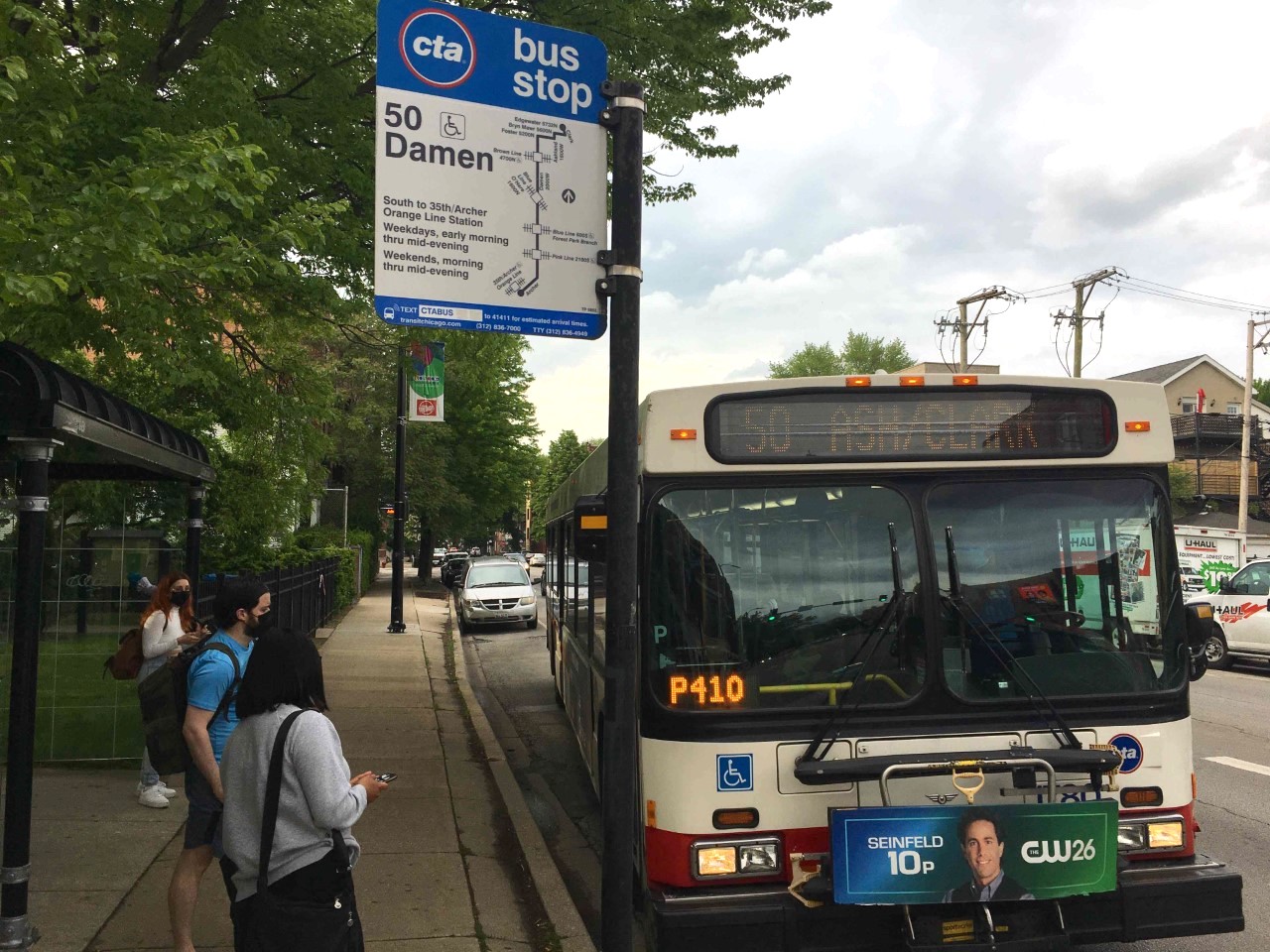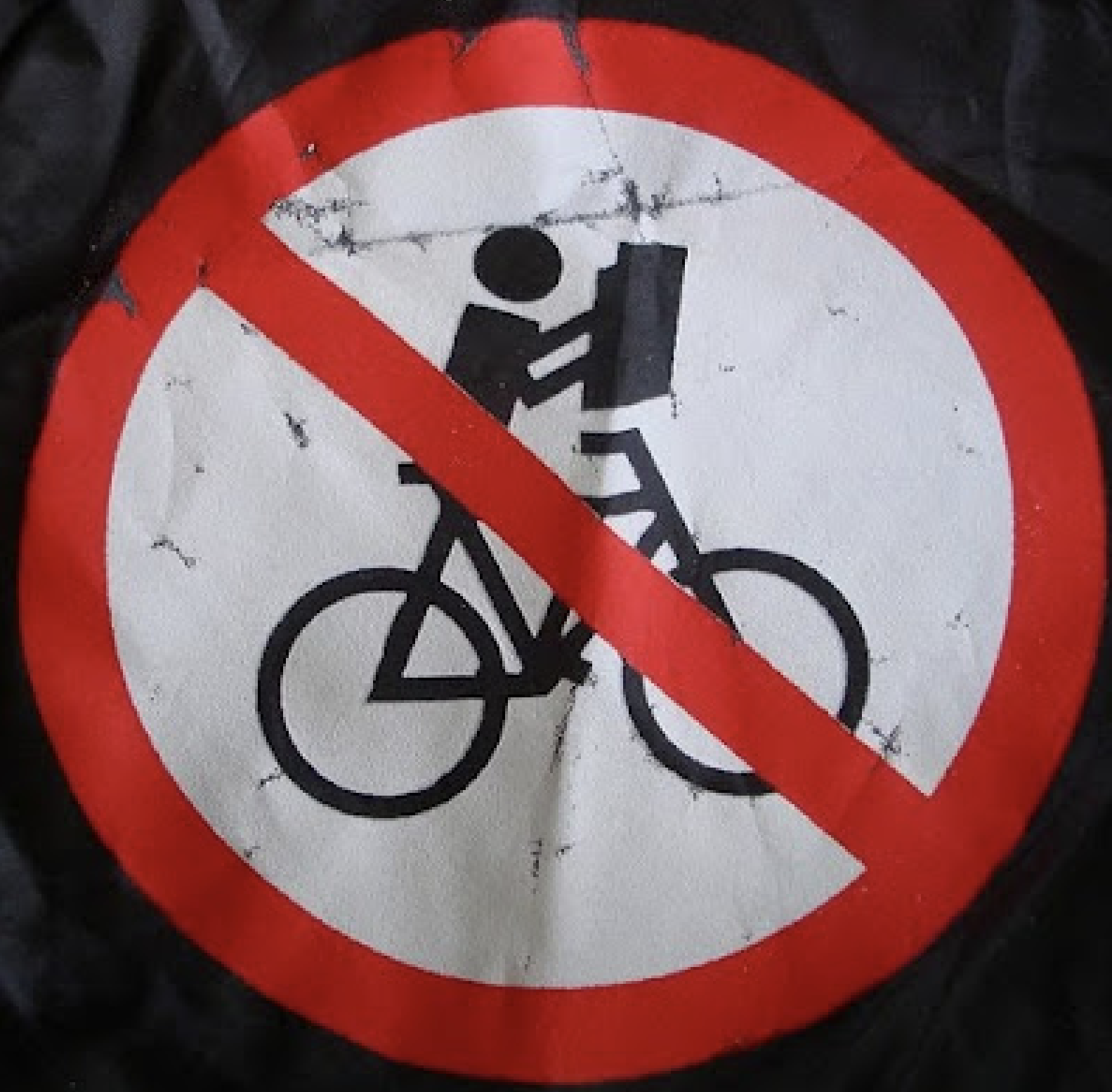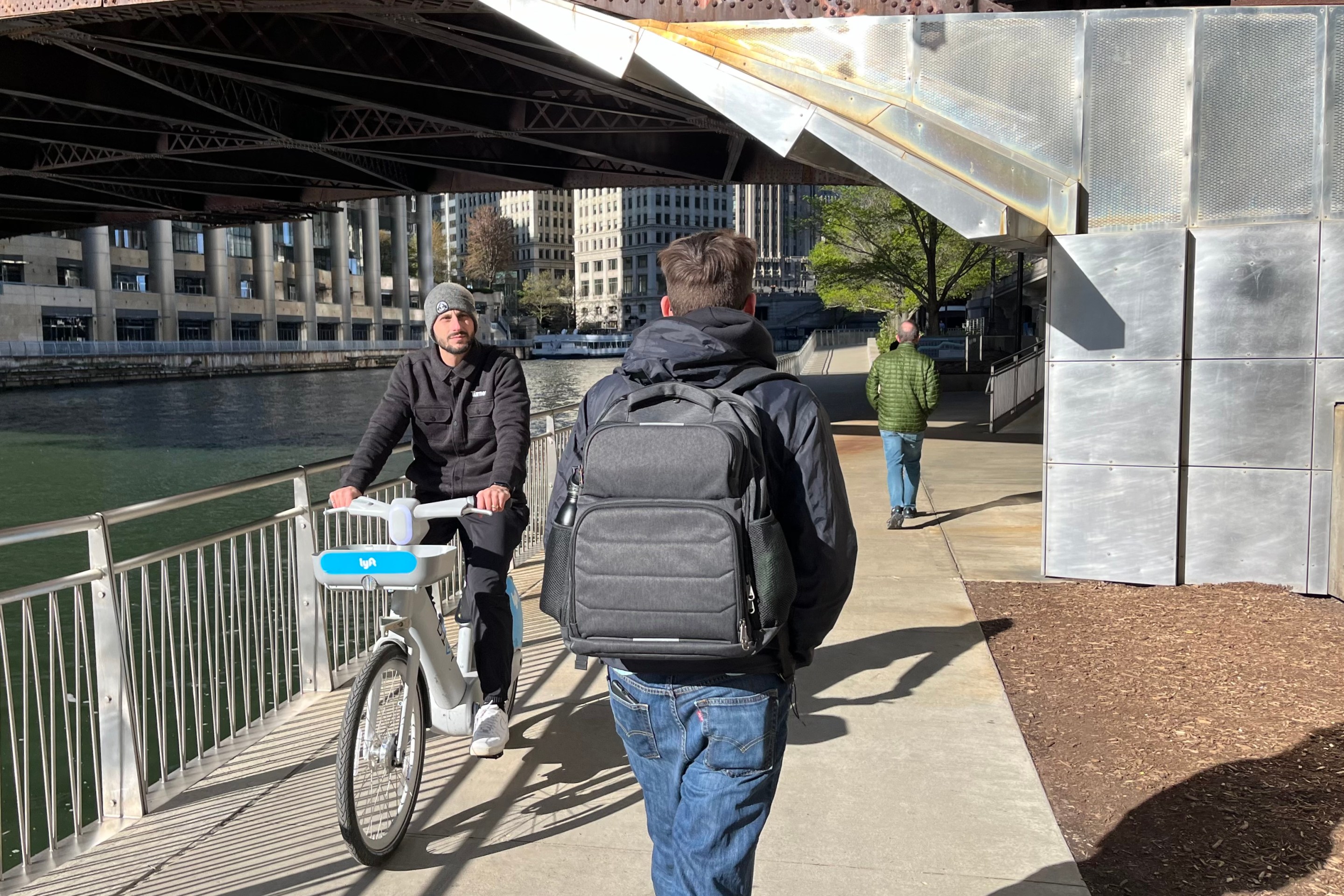Ever since COVID-19 reached Chicago in early 2020 and CTA ridership plummeted, transit riders have voiced concerns about rising violent crime and less sanitary conditions on the system. But another major issue has been unreliable bus and train service due to pandemic-related labor shortages, which is at least as important for restoring ridership.
The CTA has tried to address the staffing shortage by doing a better job of retaining and recruiting workers. These efforts included the February approval of a new contract with the transit workers union that included raises and retroactive hazard pay for hours worked in 2020.
But long and unpredictable waits between runs continue to be a problem. For example, mobile developer Fabio Göttlicher, recently analyzed Blue Line Train Tracker data and found that between early December 2021 and late April of this year the CTA had only been running about half of its scheduled Blue Line service.
Active Transportation Alliance spokesperson Kyle Whitehead wasn't impressed by the explainer. "CTA’s focus on the technology distracts from the unfortunate reality that bus and train service is often unreliable in Chicago, leading to more and more ghost trains and buses. As a city and a region, we need to be investing in long overdue upgrades to bus and train service to improve speed and reliability."
Whitehead said transit upgrades should include giving buses priority on the street with a citywide network of dedicated bus lanes and bus rapid transit on major bus corridors. "The Better Streets for Buses planning process and wealth of federal funding available provides opportunity to transform Chicago’s bus service – if elected and agency officials are willing."



